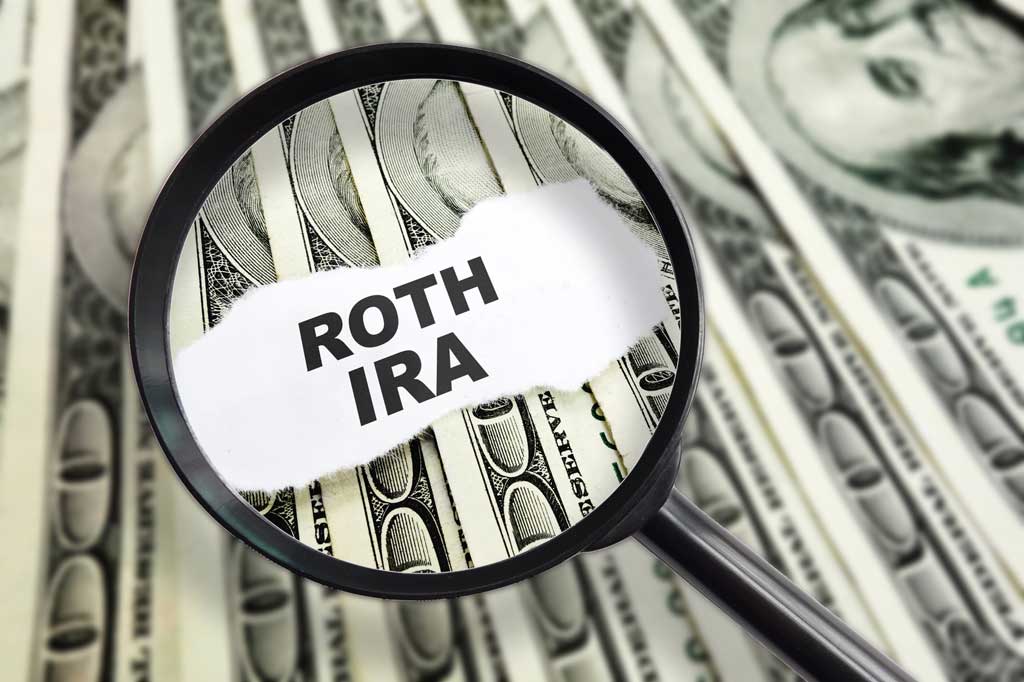Why Roth IRA Conversions May Now Be Advantageous
Retegy Team
October 24, 2020
Thanks to a couple of factors, some investors are thinking about this move before 2020 ends.

Roth IRAs have attracted retirement savers since their introduction in 1998. They offer the potential for tax-free retirement income, provided Internal Revenue Service rules are followed.
Do Roth IRAs seem even more attractive these days? Perhaps. You can cite two factors: current tax rates and the passage of the Setting Every Community Up for Retirement Enhancement (SECURE) Act.
Roth IRAs differ from traditional IRAs. Typically, distributions from traditional IRAs must start once you reach age 72, and the money distributed is taxed as ordinary income. When distributions are taken before age 59½, they may be subject to a 10% federal income tax penalty (although, the CARES Act does allow for some exceptions to those penalties for the 2020 tax year).1
On the other hand, if you are the original owner of a Roth IRA, you do not have to start taking distributions at age 72. And if you are least 59½ years old and have owned the Roth IRA for at least five years, any distributions you take may be exempt from federal taxes.2
Remember, this article is for informational purposes only. It does not replace real-life financial or tax advice. Be sure to consult a tax or financial professional before making any decisions regarding your traditional IRA or Roth IRA.
Converting a Traditional IRA to a Roth IRA is a taxable event. You pay ordinary income tax on the converted amount. And federal tax rates are now near historic lows, thanks to the Tax Cuts and Jobs Act, and they are scheduled to stay there through 2025.3
The SECURE Act ruled that a non-spouse beneficiary of an IRA must completely withdraw that inherited IRA balance within 10 years rather than over the beneficiary’s lifetime (the previous guideline). The distribution can be taken as a lump sum or in payments over the 10 years. There is no set guideline other than it must be empty in 10 years.
The rules are similar for a non-spousal beneficiary of a Roth IRA. The new owner must deplete the inherited IRA in 10 years. However, there may not be any federal income taxes on the withdrawn amounts, assuming I.R.S. rules have been respected.3
A Roth conversion may be appealing purely from an income tax perspective. Taxable incomes have declined for many households due to recent economic slowdown, resulting from the COVID-19 pandemic in 2020, and it might put some traditional IRA owners in lower tax brackets this year. Add in the fact that federal income tax rates are low, to begin with, and 2020 could be a good time to go Roth.3
Remember that any Roth IRA conversion is a taxable event, and these conversions can no longer be undone. Also, keep in mind that tax rules change from year to year, and future tax changes may affect IRAs.
This material was prepared by MarketingPro, Inc., and does not necessarily represent the views of the presenting party, nor their affiliates. This information has been derived from sources believed to be accurate. Please note - investing involves risk, and past performance is no guarantee of future results. The publisher is not engaged in rendering legal, accounting or other professional services. If assistance is needed, the reader is advised to engage the services of a competent professional. This information should not be construed as investment, tax or legal advice and may not be relied on for the purpose of avoiding any Federal tax penalty. This is neither a solicitation nor recommendation to purchase or sell any investment or insurance product or service, and should not be relied upon as such. All indices are unmanaged and are not illustrative of any particular investment.
Citations.
1. TheStreet, May 13, 2020
2. NerdWallet, July 31, 2020
3. Bankrate, July 21, 2020
Recent updates



Understanding the Ins and Outs of Workplace 401(k) Plans


Similar stories
Latest articles from the "Retirement" category.